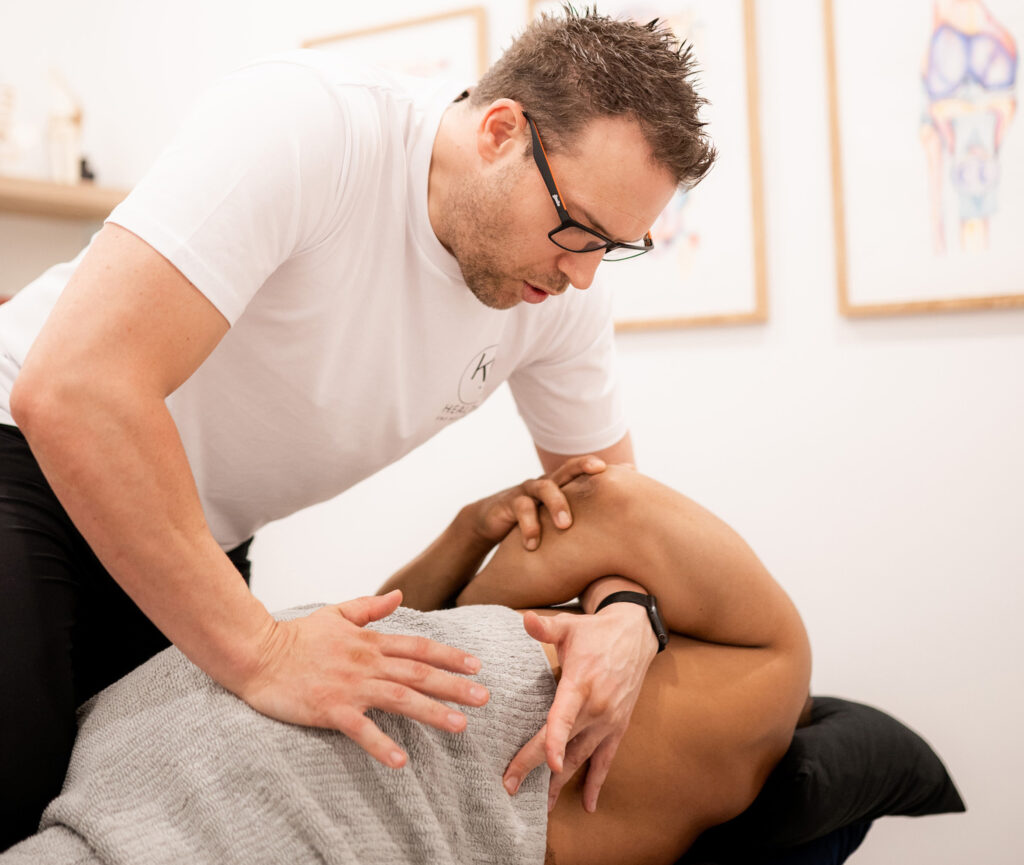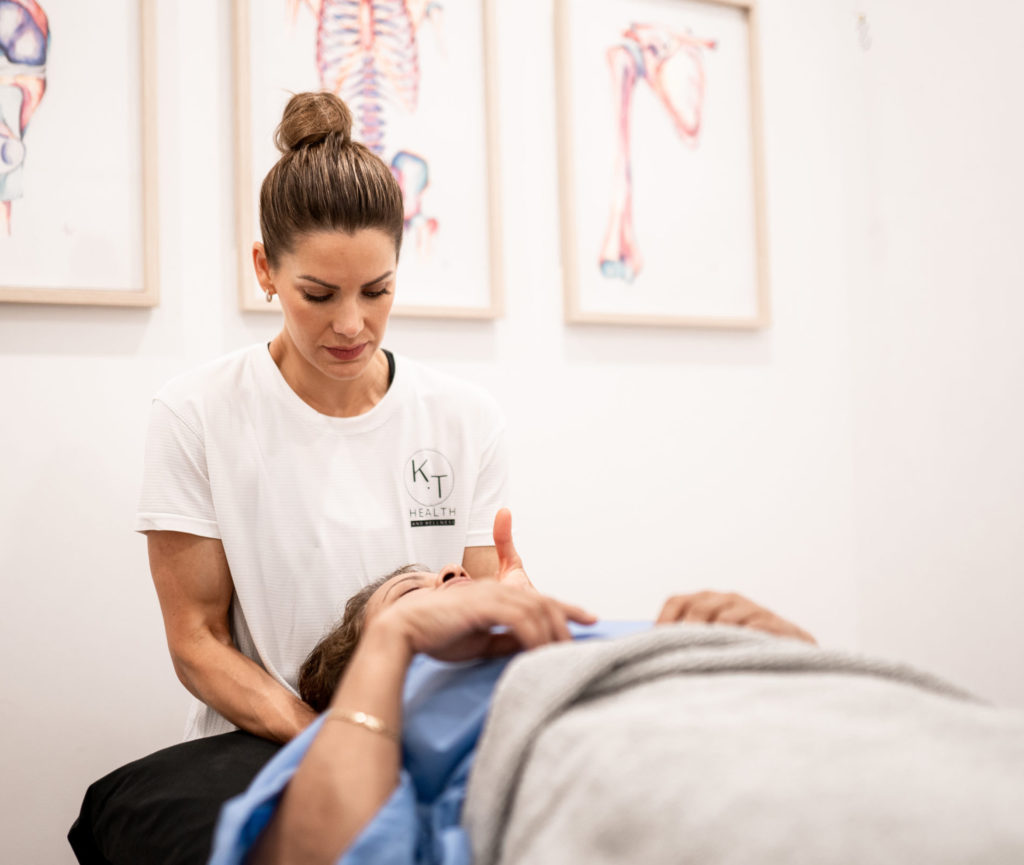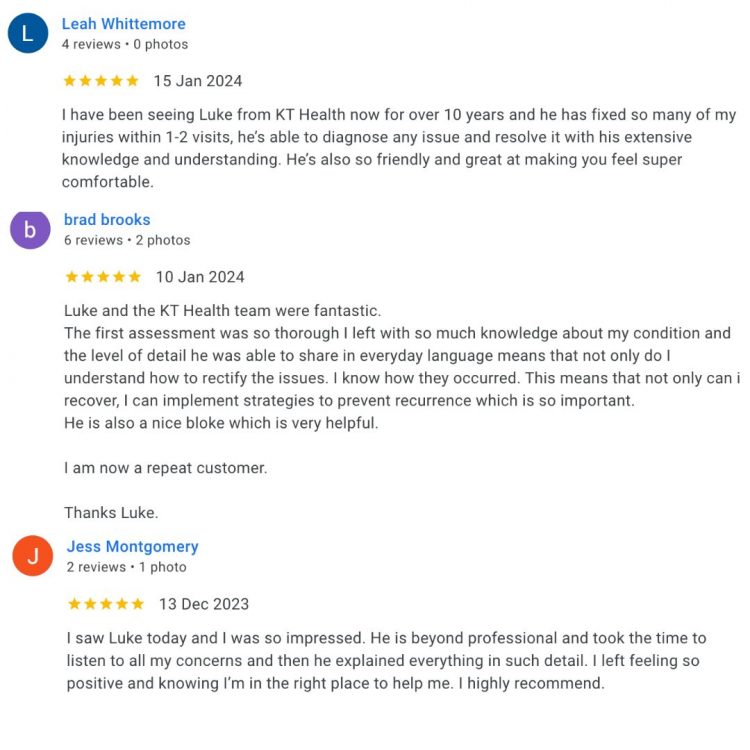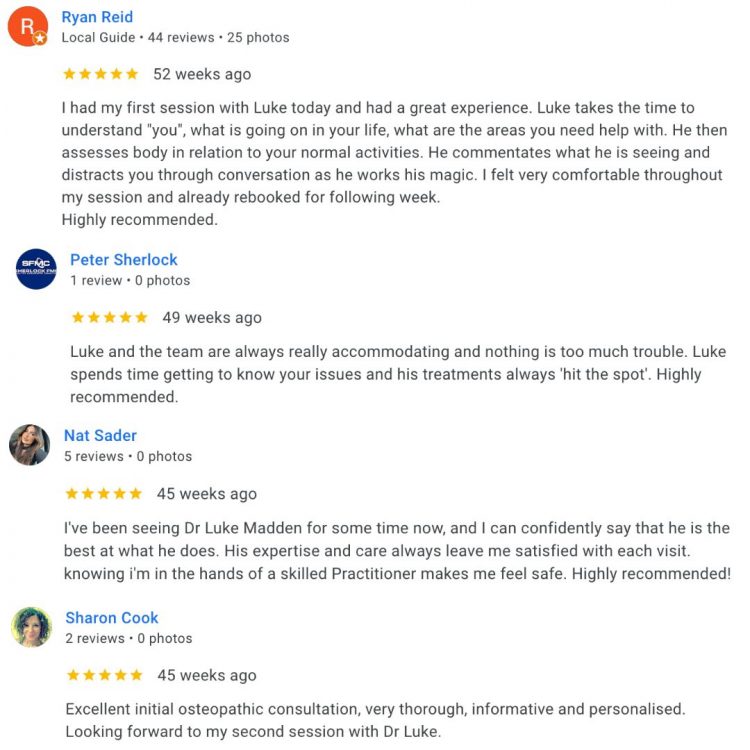Everything You Need to Know About Shoulder Instability
What is Shoulder Instability?
Shoulder instability is when the ball of the upper arm bone (humerus) doesn’t stay firmly seated in the shoulder socket (glenoid). This can lead to the shoulder feeling loose, slipping, or even dislocating completely. Instability can be chronic (ongoing) or happen after a dislocation or injury, and it often causes pain, weakness, and a feeling that the shoulder is unreliable or unstable during movement.
An analogy…
Think of the shoulder joint like a golf ball on a shallow tee. Normally, muscles and ligaments keep it centred. But if the tee is worn out or the stabilisers are weak, the ball can slide, wobble, or even fall off, just like the humeral head can slip out of the socket in shoulder instability.
What are other names that shoulder instability can be referred to?
Anterior Instability, Posterior Instability, Inferior Instability, Multidirectional Instability, Recurrent Subluxing Shoulder
What causes shoulder instability?
The shoulder is the most mobile joint in the body, which means it’s also one of the least stable. Stability depends on ligaments, the labrum, and surrounding muscles (especially the rotator cuff).
What are the signs and symptoms of shoulder instability?
- A feeling of the shoulder being loose, slipping, or giving way, especially during movement
- Pain with specific movements, particularly overhead or throwing actions
- Muscle fatigue or weakness
- Clicking, catching, or popping in the joint
- History of previous dislocation or subluxation (partial dislocation)
- In some cases, numbness or tingling if nerves are involved
What tests are used to diagnose shoulder instability?
Apprehension Test: Checks for fear or discomfort during external rotation of the arm
Relocation Test: Relieves the symptoms of instability when pressure is applied to stabilise the joint
How long does shoulder instability take to heal?
Recovery from shoulder instability depends on whether the cause is traumatic or non-traumatic, and whether surgery is required. If treated without surgery, recovery can take around 6 to 12 weeks, depending on how severe the instability is and how committed the person is to rehabilitation. If surgery is needed, such as a labral repair or capsular tightening, full recovery usually takes 4 to 6 months.
How does shoulder instability happen?
- History of shoulder dislocation or trauma
- Overhead sports or repetitive shoulder use
- Poor posture or shoulder control
- Weak rotator cuff or scapular stabilisers
- Genetic joint laxity or hypermobility
- Previous rotator cuff or labral injuries
What treatment can help shoulder instability?
- Manual therapy to improve joint positioning and reduce tension
- Scapular and rotator cuff strengthening to stabilise the shoulder
- Postural correction and motor control retraining
- Use of bracing or taping for added support during sport
What exercises or stretches can I do for shoulder instability?
- Scapular setting and control drills
- Isometric shoulder stabilisation
- Closed-chain stability exercises
- Resistance band rotator cuff work
- Proprioceptive training
What products can help with shoulder instability?
AAROM GHjt flexion in supine (to vertical)
Lie on your back holding the wrist of your affected arm firmly with the other hand. Keeping your arms straight but your elbows softened, lift your arms straight up towards the ceiling. When your arms are vertical, hold this position ensuring you do not hunch your shoulders. Control the movement as you lower your arms back down.

Passive shoulder external rotation in neutral
Lie down on your back on a mat or bed. Relax your affected arm in the sling and rest it by your side on a pillow. Use your good arm to lift the forearm of the affected arm up off your tummy, rotating it outwards until your fingers point up to the ceiling. Do not rotate it any further, your upper arm should remain by your side. Gently repeat the movement 10 times.

Isometric shoulder external rotation in neutral
Lie flat on your back with your affected arm on a pillow by your side. Bend your elbow to a right angle with your fingers pointing to the ceiling. Place your other hand on the outside of your affected wrist or forearm. Push outwards with the affected hand with half your maximum effort, using the other hand to resist the movement. Your good hand must be on the affected wrist and not on the hand. Hold and then relax.

Isometric GHjt extension (wall)
Stand up straight with your back to a wall. You may want to do this exercise with your elbow bent. Press the back of your arm into the wall, ensuring the movement comes from your shoulder and not your wrist or elbow. Hold this position, with your gaze directly ahead, your neck long and your shoulder blades back and down.

Isometric GHjt ER(N) in stand
Stand straight with the elbow on your affected arm bent to 90 degrees. Place your other hand on the outside of your affected wrist. Keeping your body still, push your wrist outwards into your good hand, resisting the movement. Make sure you are trying to rotate the arm outwards, and not trying to push outwards with your elbow. Hold this position.

Scapula setting
Start in an upright standing position. Practice bringing your shoulder blades back and down. Picture gently drawing your shoulder blades towards the hip on the opposite side. This is a subtle movement, ensure you do not over strain your shoulder blades when performing this action.

Shoulder circles
Roll your shoulders in a circle, pulling them forwards, up, back and down. Imagine you are moving them around a clock face.

Isometric IR(N) in stand
Stand straight and bend your elbow on your affected arm to 90 degrees. Place the hand of your other arm on the inside of your affected wrist. Keeping your body still, try to turn your affected forearm inwards, resisting the movement with your good hand. Hold this position.

STOP GUESSING – START MOVING
See what other people have said about our osteopaths
Trustindex verifies that the original source of the review is Google. KT health has really helped my back and i have been able to get back into competitive sportTrustindex verifies that the original source of the review is Google. Absolutely amazing, I see Louie Nouh who always listens and caters to my needs. He is amazing at his job and always helps alleviate my pain. I highly recommend Louie.Trustindex verifies that the original source of the review is Google. Friendly, supportive staff. Such a lovely place to exercise! Highly recommend.Trustindex verifies that the original source of the review is Google. Amazing instructor, I am new to Pilates felt very comfortable & supported.Trustindex verifies that the original source of the review is Google. I have been suffering from shoulder and neck pain for months - I saw Dr Louie Nouh a couple of time. His treatment really relived the pain. I have full range of movement now. His knowledge on exercise is fantastic.Trustindex verifies that the original source of the review is Google. Absolutely love reformer at menai. Instructors are amazing. Love Michaela and love the small classes. Highly recommend!Trustindex verifies that the original source of the review is Google. The trainers are all amazing , they explain everthing step by step and help where needed . It is an amazing place to relax get to know other people have a laugh . I recommend for anyone .Trustindex verifies that the original source of the review is Google. Ever since I came here I’ve been looked after by Louie and my shoulder is already feeling much better. Highly Recommend these are good people.Trustindex verifies that the original source of the review is Google. SENSATIONAL Chiropractor in Menai! I attended my first appointment with Dr Louis Nouh at KT Health & Wellness who is an absolute genius even after one session with him. He explained everything he intended to address about my lower back condition, all in easy to understand, layman’s terms. He said he would call me the next day to follow and see how I was feeling after our session and guess what, he did! During our session, he made me feel relaxed and comfortable especially as it was my first chiropractic appointment EVER! For some reason, I am actually looking forward to my subsequent sessions with him next week. Don’t get me wrong, he did poke, prod and crack me as necessary but the results made it seem worth it.Trustindex verifies that the original source of the review is Google. I have been seeing Melinda now for a couple of months to help with bursitis in my hip. She is one of the best practitioners I’ve ever seen.. With the use of various tools and techniques she has helped me recover much quicker than I expected. Thanks Mel and see you tomorrow!
We don't offer magic fixes or cures, but a sustainable approach to back pain.
Our Osteopaths will offer you a road map to help you take control of your back pain and feel great again.
BOOK YOUR OSTEOPATH VISIT TODAY
Book a Time with Dr Luke Madden Below
Book a Time with Dr Melinda Madden Below
Already have an account?
Book as a guest
- Book an Appointment






